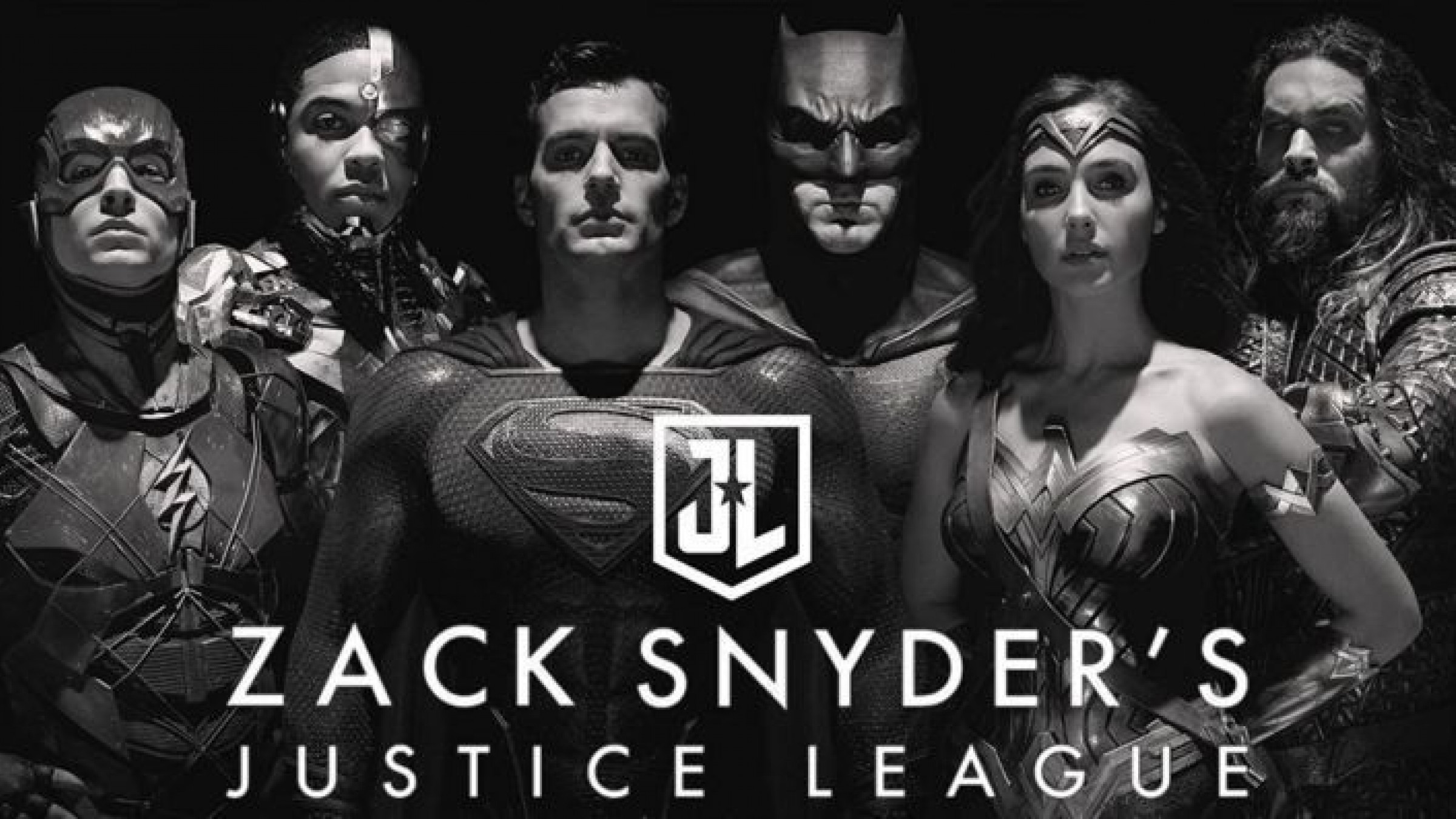After Joss Whedon’s critical failure that came out in 2017, the “Snyder Cut” was always going to be an improvement over what came before. Photo from the verge.com.
In January, film director Zach Snyder took to Twitter to announce the release of his long-awaited director’s cut of the 2017 DC Comics movie “Justice League.” It succeeded his film “Batman v. Superman: Dawn of Justice” and was to set the stage for the franchise for years to come. “Zack Snyder’s Justice League,” also known as the “Snyder Cut,” was released on the streaming service HBO Max on March 18, dedicated to Snyder’s late daughter.
Snyder, the original director behind “Justice League,” stepped away from the film during post-production because of the death of his daughter Autumn. When Snyder left in March 2017, Joss Whedon, the director of Marvel’s Studios’ “The Avengers” and “Avengers: Age of Ultron,” took the reins and finished the film. Even though “Justice League” still debuted in theaters on time, fans were disappointed that the final film released was not as Snyder had imagined.
On top of the disappointment from fans, actors such as Ray Fisher (Cyborg) spoke out against Whedon’s behavior during the post-production of the movie.
“Joss Whedon’s on-set treatment of the cast and crew of Justice League was gross, abusive, unprofessional and completely unacceptable,” Fisher tweeted in July 2020. According to his tweet, producers Geoff Johns and Jon Berg are also to blame.
WarnerMedia, the company behind DC Comics, launched an investigation into these claims and announced that “remedial action” had been taken, according to a statement released by the company in December, though no specific information was released.
Nonetheless, it was from the shortcomings of the original film that the social-media movement came around to #ReleaseTheSnyderCut. Supporters of the Snyder Cut ranged from movie-goers to the actors of the film themselves, such as Ben Affleck (Batman) and Gal Gadot (Wonder Woman). With this overwhelming support and a $70 million budget from Warner Brothers, Snyder was able to bring his original ideas to the big screen and give the “Justice League” a second chance.
With a four-hour runtime and in a 4:3 aspect ratio, the Snyder Cut is methodical, slow-burning and, above all, precise. In broad terms, the Snyder Cut is played out the same way the theatrical version is; in the wake of the death of Superman, Batman must assemble a team of heroes to defend Earth from an oncoming alien onslaught. The Snyder Cut tells this story with much more detail and engagement and takes advantage of having double the runtime compared to the original.
Overall, and with zero spoilers, Snyder’s version of the film was much keener to detail and provided what would have been a better ending, leaving audiences with lingering thoughts and ready for what’s yet to come.
Most notably of the protagonists, Fisher’s Cyborg was reworked in the best ways. In the Snyder Cut, the hero’s “origin story” clearly and effectively established him as a person and as a key player in the film’s conclusion. Victor Stone had suffered a life-threatening tragedy and was only left with his father to blame. As a hero, however, Cyborg brought along a much more important role to the team as a man of humility and selflessness, a man of curiosity and a man willing to face his worst enemy for the betterment of everyone else, or in this case, the world.
A good portion of the Snyder Cut is in slow motion — 24 minutes, or about 10 percent of the film, to be exact — and it’s no surprise that the Flash, played by Ezra Miller, takes up a majority of this time. Throughout the film, Miller serves as the comedic relief everyone desperately needs. His introduction to the Justice League played out on screen with incredible attention to detail and amazing special effects. The Snyder Cut introduced Barry Allen differently than the theatrical cut and even showed Barry in action, highlighting his superpowers and how he will contribute later on, not only in the movie but also in the DC universe. Snyder effectively portrayed Allen as his true self — someone who is willing to protect and fight for others at all costs.
The epilogue of the Snyder Cut paints a harsh reality where Superman turns against his allies and joins Darkseid. Even though it isn’t canon, audiences were more than happy to see Jared Leto’s Joker make an appearance, if only at the ending of the film.
This film, in its entirety, is not perfect. However, perfection is never the goal. Snyder told his audience the story of the Justice League through his eyes and what he had imagined. From this initiative to #ReleaseTheSnyderCut, supporters of the movement were met with a whole new perspective on what direction the Justice League could have taken. Now that this stone has finally been unturned, the only thing left for fans to do is wait patiently for the next canon chapter of the story.

